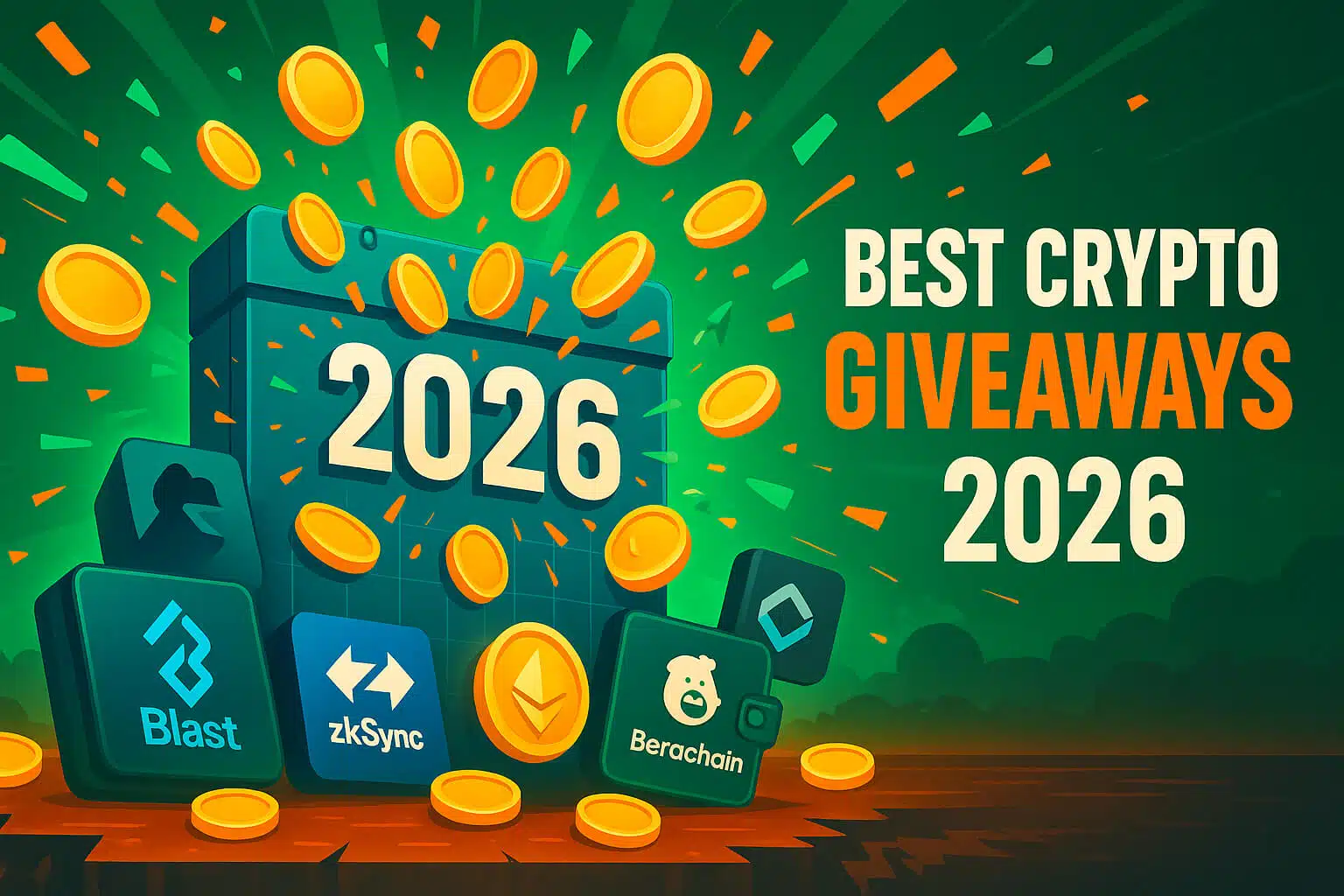How to Build a Smart Contract on Ethereum: A Step-by-Step Guide
Introduction
Ethereum revolutionized the blockchain industry by introducing smart contracts—self-executing contracts with the terms of the agreement directly written into code. These smart contracts have paved the way for decentralized applications (dApps) and various blockchain-based innovations. If you’re eager to dive into the world of blockchain development, learning how to build a smart contract on Ethereum is a crucial first step. This guide will walk you through the process, covering the essential concepts, tools, and best practices you need to create a successful smart contract on the Ethereum platform.
What is a Smart Contract?
A smart contract is a self-executing digital contract where the terms of the agreement are written directly into lines of code. These contracts automatically enforce and execute the terms when certain conditions are met, without the need for intermediaries. Smart contracts are stored and executed on the Ethereum blockchain, ensuring transparency, security, and immutability.
By leveraging smart contracts, developers can create decentralized applications (dApps) that operate autonomously and are free from the risks associated with centralized control.
Why Build Smart Contracts on Ethereum?
Ethereum is the most popular blockchain for smart contract development due to its robust platform, widespread adoption, and active community. Here are a few reasons why developers choose Ethereum:
- Established Ecosystem: Ethereum boasts a mature ecosystem with numerous tools, libraries, and frameworks that simplify the development process.
- Widespread Adoption: Many businesses and developers trust Ethereum for their blockchain projects, making it the leading platform for decentralized applications.
- Interoperability: Ethereum’s ERC standards, like ERC-20 and ERC-721, ensure compatibility across various dApps and tokens, allowing for seamless integration.
Whether you’re creating a simple token or a complex dApp, Ethereum provides the necessary infrastructure to bring your smart contract to life.
Steps to Building a Smart Contract on Ethereum
Here’s a step-by-step guide to help you build a smart contract on Ethereum:
1. Set Up Your Development Environment
Before you start coding, it’s essential to set up your development environment. You’ll need a code editor, such as Visual Studio Code, and some key development tools:
- Node.js and npm: These are required for managing packages and dependencies.
- Truffle Suite: A popular development framework that simplifies smart contract development and testing. You can download Truffle from its official website.
- Ganache: A personal Ethereum blockchain for testing your smart contracts locally. It’s part of the Truffle Suite and can be downloaded from the Truffle website.
Once your environment is ready, you can start working on your smart contract.
2. Learn Solidity
Solidity is the primary programming language for writing smart contracts on Ethereum. It’s a statically-typed language designed specifically for the Ethereum Virtual Machine (EVM). Understanding the basics of Solidity is crucial for building smart contracts, as it’s the language in which you’ll define the logic and behavior of your contracts.
Key Concepts in Solidity:
- Functions: Blocks of code that perform specific tasks within the smart contract.
- Variables: Store data that can be used and manipulated within the contract.
- Modifiers: Used to change the behavior of functions, often for access control.
- Events: Allow contracts to communicate with the outside world by emitting signals when something significant happens.
Familiarize yourself with these concepts through online tutorials or Solidity documentation.
3. Write and Compile Your Smart Contract
With your development environment set up and a basic understanding of Solidity, you’re ready to write your smart contract. Begin by creating a new Solidity file (.sol) in your code editor. Define the contract, its variables, and its functions based on the logic you want to implement.
After writing your contract, the next step is to compile it. The Truffle framework provides a compiler that converts your Solidity code into bytecode, which the Ethereum Virtual Machine (EVM) can execute. Compilation will also generate an Application Binary Interface (ABI), which defines how your smart contract interacts with other applications.

4. Test Your Smart Contract
Testing is a critical part of smart contract development. Since smart contracts are immutable once deployed, identifying and fixing bugs beforehand is essential. Truffle makes testing straightforward with its built-in testing framework that uses Mocha and Chai.
Testing Tips:
- Write Unit Tests: Create unit tests for individual functions within your smart contract to ensure they work as expected.
- Simulate Different Scenarios: Test how your contract behaves under various conditions, such as handling large transactions or encountering unexpected input.
- Use Ganache: Ganache provides a local blockchain environment where you can deploy and test your contract without risking real Ether.
By thoroughly testing your smart contract, you can minimize the chances of costly errors after deployment.
5. Deploy Your Smart Contract on Ethereum
Once your smart contract has passed all tests, you’re ready to deploy it on the Ethereum network. You can start by deploying it on Ethereum’s testnets, like Ropsten or Kovan, before moving to the mainnet. Testnets allow you to deploy and interact with your contract without using real Ether.
Truffle makes deployment easy by handling the process through migration scripts. These scripts define how your contracts should be deployed, making the process repeatable and manageable. Once satisfied with the testnet deployment, you can deploy your contract to the Ethereum mainnet, making it live and accessible to users.
6. Interact with Your Smart Contract
After deployment, you’ll need to interact with your smart contract, either through a frontend application or directly using command-line tools. If you’re building a decentralized application (dApp), JavaScript libraries like Web3.js or Ethers.js allow you to connect your frontend with the Ethereum network and interact with your smart contract.
Ways to Interact:
- Command Line: Use tools like Truffle Console or the command-line interface of your chosen Ethereum wallet (e.g., Metamask) to interact directly with your contract.
- Web Interface: Build a web interface that connects to your contract using Web3.js or Ethers.js, allowing users to interact with it easily.
By enabling interactions with your smart contract, you unlock its full potential, allowing users to benefit from the decentralized services you’ve created.
Best Practices for Building Smart Contracts
To ensure your smart contracts are secure, efficient, and maintainable, follow these best practices:
- Keep It Simple: Avoid unnecessary complexity in your contract’s logic. The simpler your contract, the less likely it is to contain errors.
- Prioritize Security: Always consider potential attack vectors, such as reentrancy or overflow vulnerabilities. Use security tools like OpenZeppelin for well-tested, reusable contract components.
- Optimize Gas Usage: Writing gas-efficient code can save users significant amounts of Ether, especially when interacting with your contract frequently.
- Document Your Code: Clear documentation helps other developers (and your future self) understand your contract’s purpose and functionality.
Conclusion
Building a smart contract on Ethereum is a rewarding journey that opens up endless possibilities in the blockchain space. By following this guide—setting up your development environment, learning Solidity, writing and testing your contract, and deploying it on Ethereum—you can create robust and secure smart contracts that power decentralized applications. Whether you’re a beginner or an experienced developer, mastering smart contract development on Ethereum will position you at the forefront of blockchain innovation.
FAQs
1. Do I need to know programming to build a smart contract?
Yes, understanding programming—specifically Solidity—is essential for building smart contracts on Ethereum.
2. Can I deploy a smart contract without real Ether?
Yes, you can use Ethereum testnets like Ropsten or Kovan to deploy and test your contracts without using real Ether.
3. How do I ensure my smart contract is secure?
To ensure security, follow best practices such as keeping your code simple, using tested libraries like OpenZeppelin, and thoroughly testing your contract.
4. What happens if my smart contract has a bug?
If a smart contract has a bug, it can lead to unintended behavior, financial losses, or vulnerabilities. That’s why thorough testing and code reviews are critical before deployment.
For more insights and detailed guides on cryptocurrency, visit our Crypto Guides Section.
Stay Updated
For the latest updates on cryptocurrency trends and news, follow us on:
- Twitter: https://twitter.com/FreeCoins24
- Telegram: https://t.me/freecoins24
Stay informed with the latest strategies and insights in the world of cryptocurrency at FreeCoins24.io.
Special Offer
For an enhanced trading experience, consider Bybit. Sign up through our referral link to unlock exclusive rewards, including up to $30,000 in deposit bonuses, and elevate your trading journey.

















